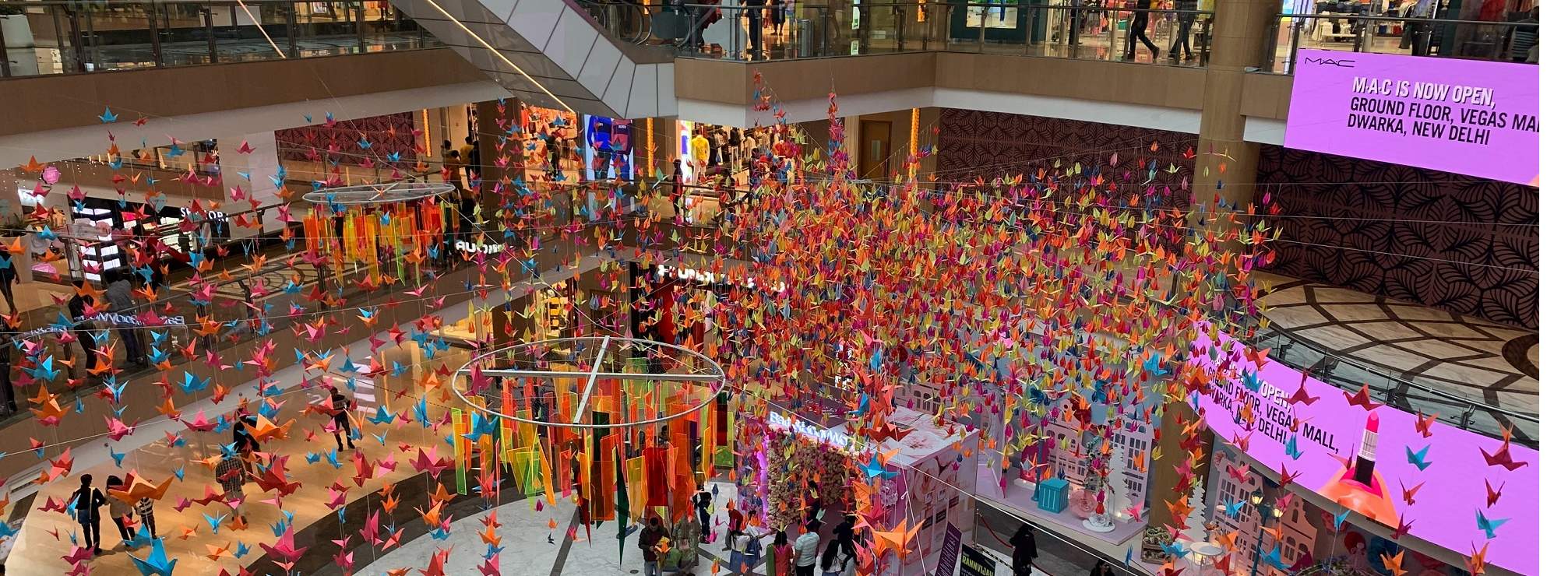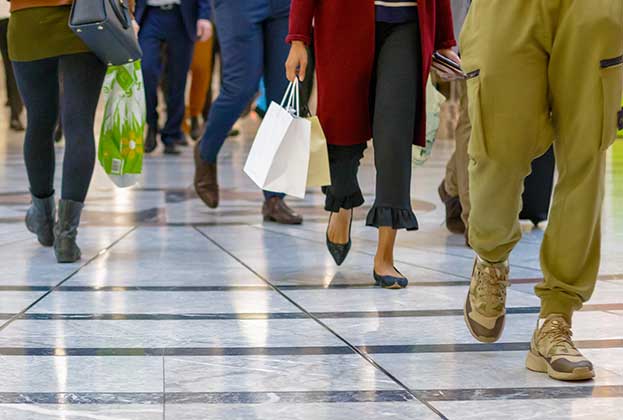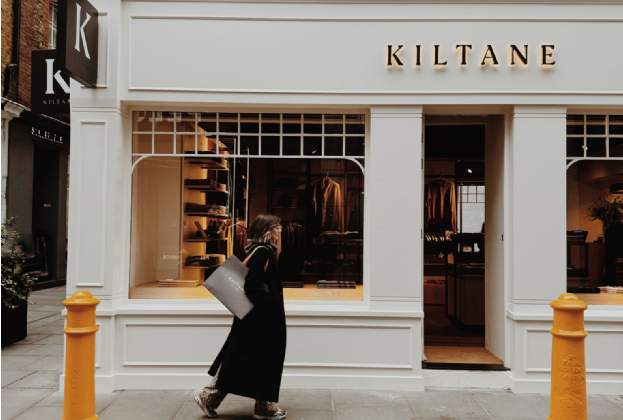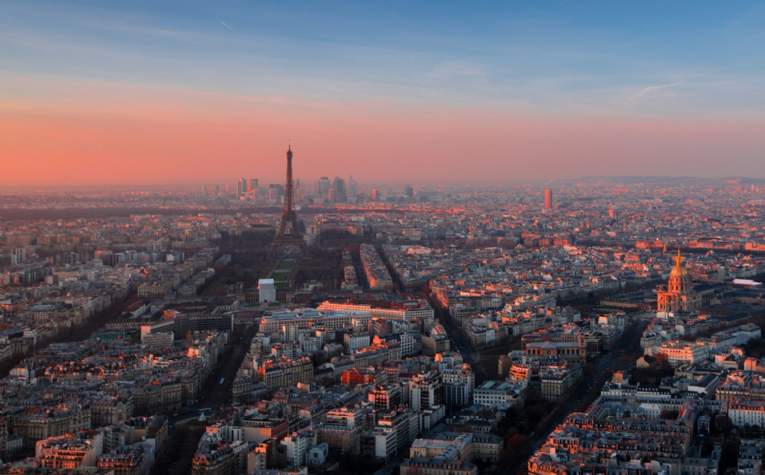These cities lag behind similar counterparts such as Sao Paulo and Mexico City, which rank well in terms of luxury provision relative to market size and wealth, highlighting the potential scope for significant expansion in India going forward.
While remaining underserved, there has been a slow stream of new luxury openings in India since the turn of the previous decade; earlier in 2024 IWC Schaffhausen (LVMH) opened in Mumbai, following Brioni (Kering) opening in Delhi in late 2023. This trend is likely due to economic indicators demonstrating that India is becoming more prosperous. Oxford Economics predicts that Hyderabad is anticipated to boast the highest compound annual growth rate in total retail sales of all Indian cities and is projected to grow at 8.4% per annum between 2024 and 2029, with Delhi at 7% and Mumbai at 6.8%. These economic statistics raise the question as to why other luxury brands are not yet in Indian markets and several cities remain comparatively underserved.
Analysis of brand openings in India reveals a link between mall openings and numbers of luxury brands entering the market. For instance, in 2017, India witnessed a surge in new opening numbers, largely attributed to the inauguration of the Chanakya and Emporio Malls in Delhi. While there was a subsequent slowing in momentum in the years following the peak in 2017, competition for retail space has once again intensified, with the opening of Jio World Plaza in 2023. All the luxury retail malls currently in Delhi like The Chanakya, DLF Emperio are fully occupied. Additionally, Delhi Land & Finance (DLF) is developing a luxury mall in Gurugram, which is part of Phase 2 of DLF Downtown development, and is seeing a lot of interest by international luxury brands, with the entire mall expected to be pre-leased before completion.
Despite the appetite for brands to access the ever growing luxury market in India, there remains several key barriers to entry. Foreign Direct Investment (FDI) in retail and manufacturing in India is subject to various government-imposed restrictions, limiting brands' ability to open stores independently. Additionally, India's current tax structure includes a standard Goods and Services Tax (GST) of 18%, prompting potential buyers to shop abroad where taxes and prices are often lower. One effective solution is partnering with franchise operators, which offer brands the advantage of leveraging local expertise, distribution networks, and market knowledge.
Lastly, as observed across malls in India, an undeniable obstacle for luxury brands is the limited supply of viable real estate for luxury brands. It is a fair assumption that these factors are limiting the Indian luxury market and the lower number of luxury openings identified historically has been a response to these issues rather than being a reflection of weaker appetite.
Further information
Contact Emmeline Blellock or Nick Bradstreet
Global Luxury Retail 2024 Outlook

.jpg)







.jpg)
